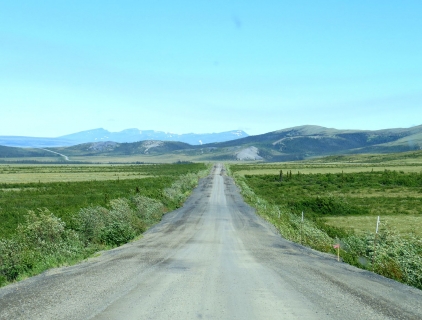Buckhorn Climate by Month
The climate in Buckhorn is marked by big temperature swings throughout the year.
Temperatures range from warm during the warmest months
to very cold in the cooler months.
It also has a notably wet climate with much precipitation.
Now, let’s explore all the climate details to give you a full picture.
Average day and night temperature
In Buckhorn, temperatures differ significantly between summer and winter months. Average daytime temperatures range from a comfortable 26°C in July, the warmest time of the year, to a very cold -3°C during cooler months like January. At night, temperatures typically average around -13°C during these months.
The mean minimum and maximum temperatures throughout the year
Precipitation and rainy days
Buckhorn experiences significant rain/snowfall throughout the year, averaging 1031 mm of precipitation annually. Year-round, Buckhorn has a balanced climate with minimal variation in precipitation. The difference between the wettest month, June, with 104 mm, and the driest month, February, with 65 mm, is minimal.The mean monthly precipitation over the year, including rain, hail and snow
The best time of year to visit Buckhorn in Canada
During the months of June, August and September you are most likely to experience good weather with pleasant average temperatures that fall between 20°C and 26°C.Other facts from our historical weather data:
The coldest season / winter is in the following months: January, February and December.
July has an average maximum temperature of 26°C and is the warmest month of the year.
The coldest month is January with an average maximum temperature of -3°C.
June tops the wettest month list with 104 mm of rainfall.
February is the driest month with 65 mm of precipitation.
No idea where to travel to this year? We have a tool that recommends destinations based on your ideal conditions. Find out where to go with our weather planner.




